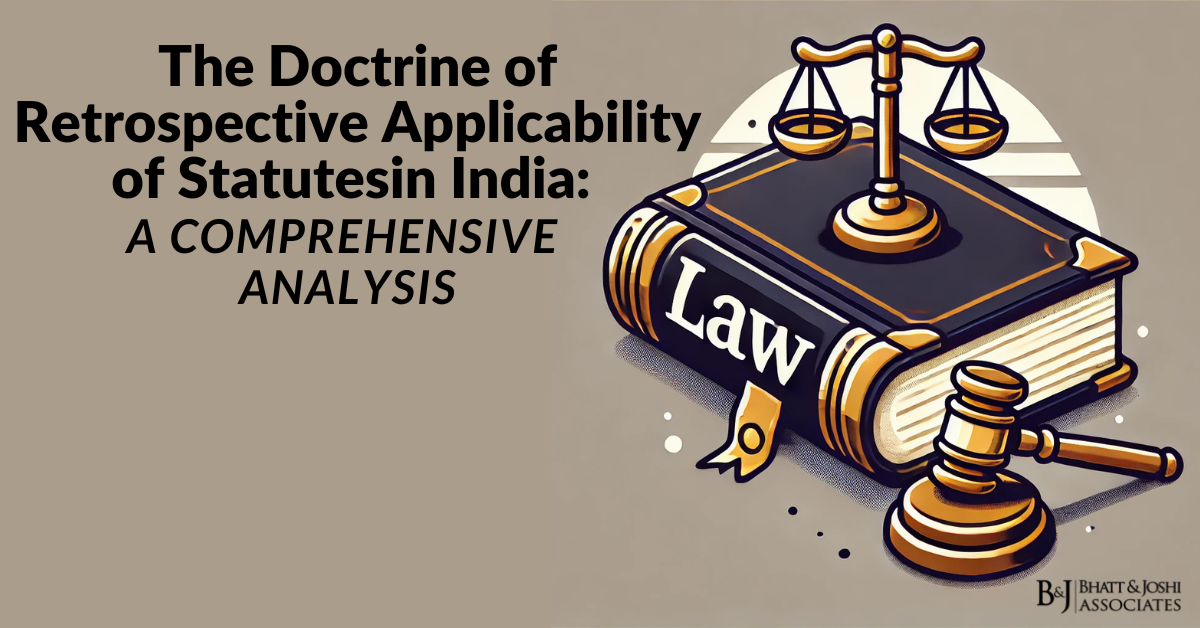Introduction
The Medical device regulation in India has undergone significant transformation over the past decade, evolving from a relatively basic framework to a comprehensive system aligned with global standards. This transformation has been driven by the growing importance of the medical device industry in healthcare delivery and the need to ensure patient safety while promoting innovation. The Central Drugs Standard Control Organization (CDSCO), operating under the Ministry of Health and Family Welfare, serves as the primary regulatory authority for medical devices in India, establishing and enforcing standards that govern their manufacture, import, sale, and distribution.
Historical Background of Medical Device Regulation in India
The journey of medical device regulation in India began under the umbrella of the Drugs and Cosmetics Act, 1940, which primarily focused on pharmaceuticals. Initially, only a limited number of medical devices were regulated as ‘drugs’ under this Act. This approach proved inadequate as medical technology advanced and the complexity of devices increased. The lack of specific regulations for medical devices led to challenges in ensuring quality standards and patient safety.
A significant milestone was reached in 2017 with the introduction of the Medical Devices Rules, which provided a dedicated regulatory framework for medical devices. This development marked India’s transition from a limited regulatory approach to a comprehensive system aligned with international best practices. The evolution of these regulations reflects the government’s recognition of the unique characteristics of medical devices and the need for specialized oversight distinct from pharmaceutical products.
Legal Foundations and Structure of Medical Device Regulation
Drugs and Cosmetics Act, 1940
The Drugs and Cosmetics Act, 1940, continues to serve as the primary legislation governing medical devices in India. The Act was amended multiple times to accommodate the evolving nature of medical devices. Section 3(b)(iv) of the Act specifically includes medical devices within its scope, defining them as instruments, apparatus, appliances, or materials intended for use in the diagnosis, treatment, mitigation, or prevention of diseases or disorders in human beings.
The Act provides the legal foundation for regulating the import, manufacture, distribution, and sale of medical devices. It establishes penalties for violations and empowers regulatory authorities to take action against non-compliance. Notable provisions include requirements for licensing, quality standards, and the powers granted to regulatory officials for inspection and enforcement.
Medical Devices Rules, 2017
The Medical Devices Rules, 2017, represent a watershed moment in Indian medical device regulation. These rules provide detailed requirements for various aspects of medical device oversight, including:
Manufacturing controls and quality management systems requirements for different risk classes of devices. The rules establish four risk classes (A through D) with corresponding levels of regulatory control.
Licensing procedures for both domestic manufacturers and importers, including the documentation requirements and timelines for various applications. The rules also specify the validity periods for licenses and the conditions for their renewal.
Clinical investigation requirements for new devices, including protocols for clinical trials and the protection of study subjects. The rules outline the process for obtaining approval for clinical investigations and the requirements for reporting study results.
Post-market surveillance obligations, including adverse event reporting and periodic safety update reports. The rules establish mechanisms for monitoring device safety after market introduction and taking corrective actions when necessary.
Recent Amendments and Updates
The regulatory framework has continued to evolve with several significant amendments and updates. The New Drugs and Clinical Trials Rules, 2019, introduced additional requirements for clinical investigations of medical devices. In 2020, the government implemented a comprehensive scheme for voluntary registration of medical devices, which later became mandatory for specific categories of devices.
Central Drugs Standard Control Organization (CDSCO)
Role and Responsibilities
The CDSCO serves as India’s national regulatory authority for medical devices, operating under the Directorate General of Health Services, Ministry of Health and Family Welfare. Its primary responsibilities include:
Setting standards for medical devices to ensure their quality, safety, and effectiveness. This involves developing and updating technical requirements and testing protocols for different device categories.
Evaluating applications for clinical trials, manufacturing licenses, and import permits. The organization reviews technical documentation, clinical data, and quality management systems to ensure compliance with regulatory requirements.
Coordinating with state regulatory authorities to ensure uniform implementation of regulations across the country. This includes providing guidance on interpretation of rules and conducting joint inspections when necessary.
Organizational Structure
The CDSCO is headed by the Drugs Controller General of India (DCGI) and operates through a network of zonal, sub-zonal, and port offices across the country. The organization includes specialized divisions for:
Medical device assessment and evaluation, staffed by technical experts who review product documentation and clinical data.
Inspection and enforcement, responsible for conducting facility inspections and investigating complaints.
Post-market surveillance, monitoring device safety and coordinating with international regulatory agencies.
Functions and Powers
Under the legal framework, CDSCO is empowered to:
Grant, suspend, or cancel licenses for manufacture, import, and clinical investigation of medical devices.
Conduct inspections of manufacturing facilities and clinical investigation sites.
Take regulatory action against non-compliant products or manufacturers, including ordering recalls and imposing penalties.
Issue guidelines and clarifications on regulatory requirements to assist industry compliance.
Classification of Medical Devices
Risk-Based Classification System
India follows a risk-based classification system aligned with international practices, particularly the guidelines of the International Medical Device Regulators Forum (IMDRF). The system categorizes devices into four classes based on their intended use, invasiveness, duration of contact with the body, and potential risks.
Class A Devices (Low Risk)
Class A devices are those with the lowest risk potential and include:
- Non-invasive devices that do not come into direct contact with the patient.
- Devices that contact intact skin only.
- Devices used for collecting or storing specimens.
The regulatory requirements for Class A devices are relatively less stringent, with manufacturers primarily responsible for self-certification of compliance.
Class B Devices (Low-Moderate Risk)
These devices present moderate risks and include:
- Invasive devices intended for short-term use.
- Active therapeutic devices intended to administer or exchange energy.
- Non-invasive devices for channeling or storing blood, body liquids, or tissues.
Class C Devices (Moderate-High Risk)
Class C devices carry higher risks and include:
- Long-term surgically invasive devices.
- Active therapeutic devices intended to administer medicines or energy in a potentially hazardous way.
- Devices specifically intended for diagnosing or monitoring vital physiological processes.
Class D Devices (High Risk)
Class D represents devices with the highest risk potential, including:
- Long-term surgically invasive devices that contact the central nervous system or cardiovascular system.
- Devices incorporating medicinal products.
- Devices manufactured using tissues of animal origin.
Registration and Licensing Requirements
Manufacturing Licenses
Manufacturing licenses are mandatory for all medical device producers in India. The requirements include:
- Detailed documentation of manufacturing processes and quality management systems.
- Facility layout and equipment specifications.
- Personnel qualifications and training programs.
- Validation data for production processes and sterilization methods.
Import Licenses
Importers must obtain licenses from CDSCO before bringing medical devices into India. Requirements include:
- Free Sale Certificate from the country of origin.
- Quality management system certification.
- Technical documentation including design verification and validation data.
- Clinical data demonstrating safety and performance.
Clinical Investigation Requirements
Clinical investigations may be required for novel devices or those without sufficient clinical history. Key requirements include:
- Ethics committee approval for study protocols.
- Informed consent procedures for study participants.
- Documentation of investigation sites and investigator qualifications.
- Reporting requirements for study progress and results.
Quality Management Systems
All manufacturers must implement quality management systems meeting specified standards. Requirements include:
- Document control and record-keeping systems.
- Design and development controls.
- Production and process controls.
- Corrective and preventive action procedures.
Conformity Assessment and Quality Standards
ISO 13485 Requirements
Compliance with ISO 13485 is mandatory for manufacturers of Class C and D devices, and strongly recommended for other classes. Key requirements include:
- Quality management system documentation.
- Management responsibility and resource management.
- Product realization and measurement processes.
- Analysis and improvement procedures.
Quality Management System Guidelines
CDSCO provides specific guidelines for quality management systems, including:
- Requirements for different device classes.
- Documentation and record-keeping standards.
- Internal audit procedures.
- Management review requirements.
Third-Party Certification Bodies
Notified Bodies approved by CDSCO can conduct conformity assessments. Their role includes:
- Auditing quality management systems.
- Reviewing technical documentation.
- Issuing certificates of conformity.
- Conducting surveillance audits.
Post-Market Surveillance
Adverse Event Reporting
Manufacturers and importers must establish systems for:
- Collecting and analyzing adverse event reports.
- Evaluating the need for corrective actions.
- Submitting periodic safety update reports to CDSCO.
- Maintaining records of all safety-related activities.
Market Surveillance Activities
CDSCO and state authorities conduct regular surveillance through:
Random sampling and testing of marketed products.
- Inspection of storage and distribution facilities.
- Investigation of complaints and adverse events.
- Monitoring of advertising and promotional materials.
Recall Procedures
The regulations establish procedures for device recalls, including:
- Classification of recall urgency levels.
- Communication requirements with stakeholders.
- Documentation of recall activities.
- Verification of recall effectiveness.
Recent Trends and Future Directions in Medical Device Regulation
The medical device regulatory framework in India continues to evolve, with recent developments including:
- Implementation of unique device identification requirements.
- Expansion of the list of regulated devices.
- Introduction of electronic submission systems for applications.
- Enhanced coordination with international regulatory authorities.
- Future developments are expected to focus on:
- Strengthening post-market surveillance systems.
- Harmonization with international standards.
- Development of indigenous testing capabilities.
- Enhancement of regulatory capacity and expertise.
Conclusion: The Future of Medical Device Regulation in India
Medical device regulation in India has made significant progress in recent years, moving toward alignment with international standards while addressing local needs and challenges. The system continues to evolve, balancing the need for patient safety with the promotion of innovation and industry growth. The role of CDSCO remains central to this evolution, as it works to implement and enforce regulations while adapting to technological advances and emerging challenges in the medical device sector.
The success of this regulatory framework will depend on continued collaboration between government authorities, industry stakeholders, and healthcare providers. As the medical device industry continues to grow and innovate, the regulatory system must remain responsive to new technologies while maintaining its focus on patient safety and product quality. The framework established through CDSCO provides a solid foundation for achieving these objectives and supporting the development of India’s medical device sector.














